RBS 2008 Annual Report Download - page 84
Download and view the complete annual report
Please find page 84 of the 2008 RBS annual report below. You can navigate through the pages in the report by either clicking on the pages listed below, or by using the keyword search tool below to find specific information within the annual report.-
 1
1 -
 2
2 -
 3
3 -
 4
4 -
 5
5 -
 6
6 -
 7
7 -
 8
8 -
 9
9 -
 10
10 -
 11
11 -
 12
12 -
 13
13 -
 14
14 -
 15
15 -
 16
16 -
 17
17 -
 18
18 -
 19
19 -
 20
20 -
 21
21 -
 22
22 -
 23
23 -
 24
24 -
 25
25 -
 26
26 -
 27
27 -
 28
28 -
 29
29 -
 30
30 -
 31
31 -
 32
32 -
 33
33 -
 34
34 -
 35
35 -
 36
36 -
 37
37 -
 38
38 -
 39
39 -
 40
40 -
 41
41 -
 42
42 -
 43
43 -
 44
44 -
 45
45 -
 46
46 -
 47
47 -
 48
48 -
 49
49 -
 50
50 -
 51
51 -
 52
52 -
 53
53 -
 54
54 -
 55
55 -
 56
56 -
 57
57 -
 58
58 -
 59
59 -
 60
60 -
 61
61 -
 62
62 -
 63
63 -
 64
64 -
 65
65 -
 66
66 -
 67
67 -
 68
68 -
 69
69 -
 70
70 -
 71
71 -
 72
72 -
 73
73 -
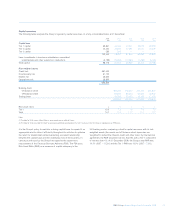 74
74 -
 75
75 -
 76
76 -
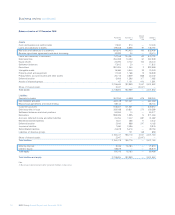 77
77 -
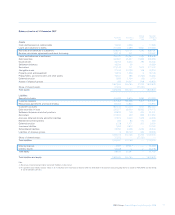 78
78 -
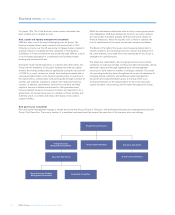 79
79 -
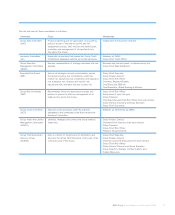 80
80 -
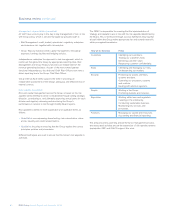 81
81 -
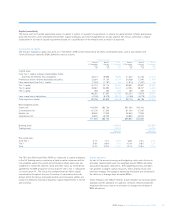 82
82 -
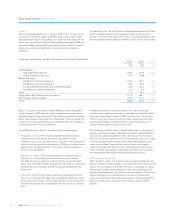 83
83 -
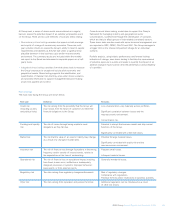 84
84 -
 85
85 -
 86
86 -
 87
87 -
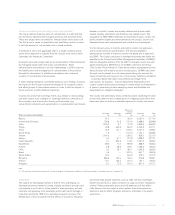 88
88 -
 89
89 -
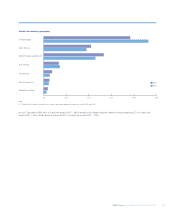 90
90 -
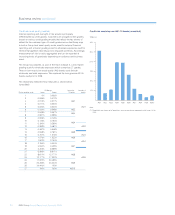 91
91 -
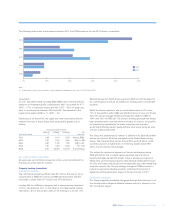 92
92 -
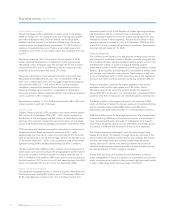 93
93 -
 94
94 -
 95
95 -
 96
96 -
 97
97 -
 98
98 -
 99
99 -
 100
100 -
 101
101 -
 102
102 -
 103
103 -
 104
104 -
 105
105 -
 106
106 -
 107
107 -
 108
108 -
 109
109 -
 110
110 -
 111
111 -
 112
112 -
 113
113 -
 114
114 -
 115
115 -
 116
116 -
 117
117 -
 118
118 -
 119
119 -
 120
120 -
 121
121 -
 122
122 -
 123
123 -
 124
124 -
 125
125 -
 126
126 -
 127
127 -
 128
128 -
 129
129 -
 130
130 -
 131
131 -
 132
132 -
 133
133 -
 134
134 -
 135
135 -
 136
136 -
 137
137 -
 138
138 -
 139
139 -
 140
140 -
 141
141 -
 142
142 -
 143
143 -
 144
144 -
 145
145 -
 146
146 -
 147
147 -
 148
148 -
 149
149 -
 150
150 -
 151
151 -
 152
152 -
 153
153 -
 154
154 -
 155
155 -
 156
156 -
 157
157 -
 158
158 -
 159
159 -
 160
160 -
 161
161 -
 162
162 -
 163
163 -
 164
164 -
 165
165 -
 166
166 -
 167
167 -
 168
168 -
 169
169 -
 170
170 -
 171
171 -
 172
172 -
 173
173 -
 174
174 -
 175
175 -
 176
176 -
 177
177 -
 178
178 -
 179
179 -
 180
180 -
 181
181 -
 182
182 -
 183
183 -
 184
184 -
 185
185 -
 186
186 -
 187
187 -
 188
188 -
 189
189 -
 190
190 -
 191
191 -
 192
192 -
 193
193 -
 194
194 -
 195
195 -
 196
196 -
 197
197 -
 198
198 -
 199
199 -
 200
200 -
 201
201 -
 202
202 -
 203
203 -
 204
204 -
 205
205 -
 206
206 -
 207
207 -
 208
208 -
 209
209 -
 210
210 -
 211
211 -
 212
212 -
 213
213 -
 214
214 -
 215
215 -
 216
216 -
 217
217 -
 218
218 -
 219
219 -
 220
220 -
 221
221 -
 222
222 -
 223
223 -
 224
224 -
 225
225 -
 226
226 -
 227
227 -
 228
228 -
 229
229 -
 230
230 -
 231
231 -
 232
232 -
 233
233 -
 234
234 -
 235
235 -
 236
236 -
 237
237 -
 238
238 -
 239
239 -
 240
240 -
 241
241 -
 242
242 -
 243
243 -
 244
244 -
 245
245 -
 246
246 -
 247
247 -
 248
248 -
 249
249 -
 250
250 -
 251
251 -
 252
252 -
 253
253 -
 254
254 -
 255
255 -
 256
256 -
 257
257 -
 258
258 -
 259
259 -
 260
260 -
 261
261 -
 262
262 -
 263
263 -
 264
264 -
 265
265 -
 266
266 -
 267
267 -
 268
268 -
 269
269 -
 270
270 -
 271
271 -
 272
272 -
 273
273 -
 274
274 -
 275
275 -
 276
276 -
 277
277 -
 278
278 -
 279
279 -
 280
280 -
 281
281 -
 282
282 -
 283
283 -
 284
284 -
 285
285 -
 286
286 -
 287
287 -
 288
288 -
 289
289 -
 290
290 -
 291
291 -
 292
292 -
 293
293 -
 294
294 -
 295
295 -
 296
296 -
 297
297 -
 298
298 -
 299
299
 |
 |

83RBS Group Annual Report and Accounts 2008
At Group level, a series of stress events are monitored on a regular
basis to assess the potential impact of an extreme yet plausible event
on the Group. There are two core elements of scenario stress testing:
•Recessionary stress testing considers the impact on both earnings
and capital of a range of recessionary scenarios. These are multi-
year systemic shocks to assess the Group’s ability to meet its capital
requirements and liabilities as they fall due under a significant but
plausible downturn in the business cycle and/or macroeconomic
environment. The summary results are included within the monthly
risk report to the Board and discussed in separate papers on a half-
yearly basis.
•Integrated stress testing considers firm wide stress tests to measure
the Group’s exposure to exceptional but plausible economic and
geopolitical events. Stress testing supports the identification and
quantification of material risks that may arise under stress scenarios,
and provides information to support management decision-making
around risk appetite and control.
Cross divisional stress testing, undertaken to support the Group’s
framework for managing industry and geographical sector
concentrations, is performed through the identification of scenarios
which are likely to affect groups of inter-related (correlated) sectors.
These stress tests are discussed with senior divisional management and
are reported to GRC, GEMC, GALCO and GAC. The Group manages to
a trigger limit on the stressed impairment charge for an individual
scenario.
Portfolio analysis, using historic performance and forward looking
indicators of change, uses stress testing to facilitate the measurement
of potential exposure to events and seeks to quantify the impact of an
adverse change in factors which drive the performance and profitability
of a portfolio.
Risk coverage
The main risks facing the Group are shown below.
Risk type Definition Features
Credit risk The risk arising from the possibility that the Group will Loss characteristics vary materially across portfolios.
(including country incur losses from the failure of customers to meet their
and political risks) financial obligations to the Group. Significant correlation between losses and the
macroeconomic environment.
Concentration risk.
Funding and liquidity The risk of losses through being unable to meet Potential to disrupt the business model and stop normal
risk obligations as they fall due. functions of the Group.
Significantly correlated with credit risk losses.
Market risk The risk that the value of an asset or liability may change Potential for large material losses.
as a result of a change in market rates.
Significantly correlated with equity risk and the
macroeconomic environment.
Insurance risk The risk of financial loss through fluctuations in the timing, Frequent small losses.
frequency and/or severity of insured events, relative to
the expectations at the time of underwriting. Infrequent material losses.
Operational risk The risk of financial loss or reputational impact resulting Generally immaterial losses.
from fraud; human error; ineffective or inadequately
designed processes or systems; improper behaviour;
legal events; or from external events.
Regulatory risk The risks arising from regulatory changes/enforcement. Risk of regulatory changes.
Compliance with regulations.
Potential for fines and/or restrictions in business activities.
Other risk The risks arising from reputation and pension fund risk. Additional regulation can be introduced as a result
of other risk losses.
